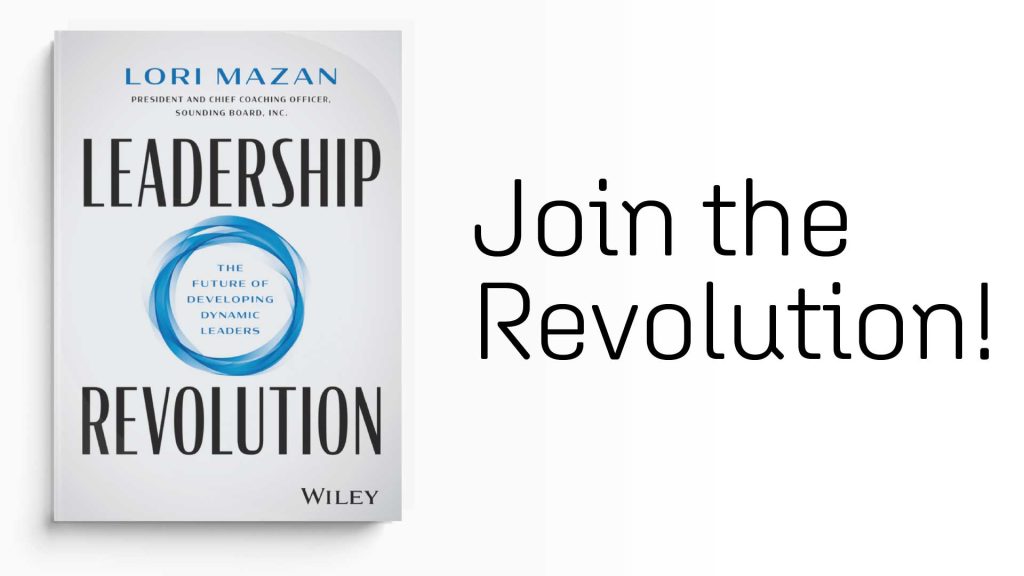Undoubtedly, of all areas of management in organizations, there is no greater area where tension is more pronounced than in human resource management. Tension often emerges from delegated HR activities and decentralized responsibilities assigned to line managers and other employees. There exists an inherent struggle between strict rules and regulations and self-directed learning and performing of HR work. HRM tensions threaten the organization’s competitive performance and viability.
For organizational strategies to be executed successfully, there is a need for a skillful balancing of opposing forces and competing needs within the HR structure. Unfortunately, successful management of these tensions is undoubtedly one of the critical challenges in HRM today.
This piece focuses on the Ulrich Model and how it helps balance competing tensions in the HR structure.
What Is Ulrich's HR Model?
The Ulrich model is an HR model developed by David Ulrich in 1995. The model aims to organize human resource functions into four compartmentalized segments. Ulrich posits that human resource professionals’ roles should be redefined to meet modern businesses’ competitive challenges. Ulrich’s model advocates for a movement from the functional HR orientation to the more partnership organization in HRM Function. Notably, this shift results in a more responsible and flexible human resource department that enables HR professionals to become genuine business partners. Despite the many revisions and updates done so far to the Ulrich Model, the basic principles of ‘Ulrichism’ remain:
- To design a clear role for human resources
- Understands how HR enables competitive advantage for the organization
- Develop an HR structure that delivers value
- Measure the HR structure
How Ulrich Model Works in the Modern-Day Workplace
Ulrich, who is popularly referred to as the father of HR, defined the most typical HR Roles models that HR professionals must play in an organization:
Strategic partner (Strategic HR)
Strategic partner focuses on aligning the HR activities and initiatives with global business strategy. The partner aligns strategies with business results while fostering a system thinking that focuses on the customers. Strategic HR is the channel that most internal members of the organization use to communicate with the HR department. The strategic partner provides feedback to internal customers about the quality of their experiences and the benefits of partnering with the company. They also hunt top talent within the organization and help fill any vacant position. Other roles include sharing HR goals with the workforce and helping promote harmony and productivity within the workplace.
Change agent (Transformation & Change)
Change agent is about supporting the change and transition of a business focusing on human capital in the organization. For example, when an organization is expanding, evolving, or altering its goals and objectives, the change agent is the HR role communicating these organizational changes internally. Change agent has a deep understanding of the organizational cultures that helps them institutionalize the capacity for change. This is typically realized through training individuals and empowering line managers to lead change initiatives. The training helps employees learn new skills needed for the changing business goals and job roles. In a nutshell, the change agent helps the entire organization be ready for its next stage of growth or evolution.
Administrative Expert (HR Service Delivery)
The administrative expert creates an effective and efficient HR process. They are tasked with the responsibility of developing processes customized to meet the individual needs of businesses cost-effectively. Notably, the administrative expert role has changed over time. In the beginning, this role was all about making sure there is a maximum possible quality of delivered services. However, nowadays focus is more on the capability to offer quality service at the lowest likely costs to the organization. The experts also keep abreast with changes in legislation, regulations, occupational health and safety rules, and any other type of labor and trade law, thereby helping organizations to adapt their policies and regulations accordingly to stay compliant.
Employee champion (Employee Contribution)
Employee champion is another crucial role of Human Resources. These HR professionals are tasked with creating a competent and committed workforce with a strong focus on increasing human capital contribution. These individuals should be familiar with what employees need and what the HRM should do to meet those needs. In today’s evolving workplace, the employee champions leverage the benefits of digital design to increase engagement and productivity among the more tech-savvy millennial generation workforce.
They also take care of employees’ interests while making sure they are protected during the change in the organization. In essence, the champion leverages surveys to measure employee satisfaction and detect any shortcomings within the company culture that can impact employees’ productivity.
What Are the Benefits of the Ulrich Model?
Simplifies the HR processes
The Ulrich model advocates for HR processes to be simplified, re-engineered and automated. This ensures that professionals spend less time handling mundane bureaucratic internal processes while directing more of their efforts to high-value tasks that help organizations achieve their strategic goals.
Boost employee morale
This model eliminates the traditional negative notions associated with HR practitioners. When the workforce realize that HR has a genuine interest in their welfare, their morale increases, thus boosting productivity. Additionally, the desired company culture is nurtured when the HR shows a vested interest in adding value to the business.
What Are the Criticisms of the Ulrich Model?
Implementation time
Ideally, the Ulrich model is a comprehensive strategy that requires a lot of time before an organization reaps its maximum benefits. Ideally, businesses must adopt all four HR roles and create a job description for each to realize its maximum effectiveness. This needs massive amounts of time to be realized.
Confusion over relevance
Some organizations argue that the original model is no longer relevant to meet the changing needs of businesses. They claim that while the model has delivered benefits for some businesses, it has presented more challenges to others. They argue that the model tries to impose a blueprint for restructuring HR with defined goals without taking into account the unique situations of individual organizations. While these concerns may be true, it is important to note Ulrich has routinely updated the original model with the most recent update done in 2012.
Key Takeaway
There is no doubt the Ulrich model has brought a paradigm shift in human resource functions. The model is specifically ideal for large and complex organizations with several business units. Ulrich model shines a spotlight on the four key roles that each forward-leaning HR needs to play for effective, tension-free HR operations. This model takes focus from resource-intensive bureaucracy to an HR department that prioritizes the delivery of value to the business. However, it has its share of weaknesses stemming from the long periods of time needed to implement it and the question of whether the model is a methodology or blueprint. In summary, Ulrich model promises a bright future for organizations that can successfully implement it.
If you have any questions or need help getting started, consider how leveling up your HR leaders can help support your organizations HR structure. Sounding Board’s coaches can help business leaders better understand their roles through personalized coaching solutions designed to meet their individual goals to better their organizations. Contact us today to learn more.











